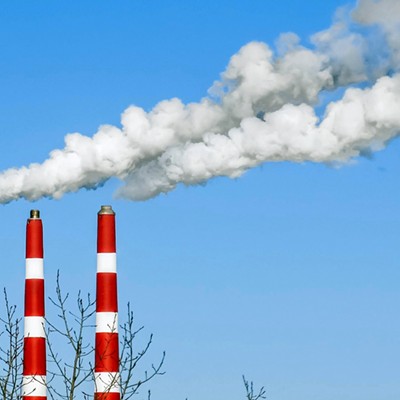Parks Canada staff at Kejimkujik National Park plan to set 2.3 hectares of it on fire.
"People think because it's a National Park you should just put a fence around it and leave it," explains Dave Algar, a resource conservation manager at Keji. "We're under pressure because there is so much change and so many people using the park. We have to act."
The burn is the most contentious of several experimental actions planned for the park, part of a 10-year study initiated in 2007. It will be the first prescribed burn in Keji, but much larger burns have been used to promote red oak trees in the Acadian forest of La Mauricie National Park in Quebec since the early '90s.
Algar says the forest is changing anyway, thanks to exotic species invasions and climate change. He feels that with scientific human intervention the forest can be maintained as nature intended. Before doing that on a larger scale, smallish experimental plots are being manipulated with fire and cutting to get a comparison. "We're looking at impacts on red oak trees, on deer and small mammals, birds and other wildlife, and how thinnings and small gap openings might play a role in forest management," he says.
Red oaks are important providers of habitat and food for forest critters, but after gypsy moth invasions, Algar is concerned for them. They are not listed as an at-risk species, but he is worried by what he has observed underneath the oaks. "It's almost all white pine coming up underneath---the stand is converting to pure conifer," he says. "Red oak doesn't compete well with other species, so we're removing the under-story."
Algar had hoped to conduct the burn this spring, but public consultations have pushed the burn to next year. "Part of the procedure was to involve members of the public," he says. "Our Mi'kmaq consultations just wrapped up---this is traditional Mi'kmaq land---and we want to meet with other groups and put good information out there." He adds that the Mi'kmaq are comfortable with the burn and want their own observer present.
But Jamie Simpson, a forester and author of Restoring the Acadian Forest, questions the need for these interventions, particularly the burning. He says that natural fire is rare in our wet Acadian forests, and it does little to define their character. He offers another rationale for the burning, based on his experiences with Parks staff. "My impression was that these guys are quite excited about this," he says. "For them it's a fun and manly thing to do. They talk about it as a tactical mission."
Simpson says that if Parks Canada wants to understand the natural state of the Acadian forest, it should learn some history. In pre-colonial times, he says, fire occurred "only once every 240 to 500 years, most commonly a few years after a hurricane." Hurricanes create excellent conditions for the spread of wildfires.
While Algar emphasizes the importance of red oak in providing habitat and food for forest critters, Simpson feels that the species is unnaturally dominant in the park, the result of historic human intervention. Some of the culprits include hunters, industrial loggers and slashing landscapers of the 1800s. All these activities can create barrens, which are perfect for the spread of fire.
"If not for that it would be a pine forest," Simpson says. "They are trying to preserve an unnatural state. Now that human-caused fires have diminished greatly, some of the oak in these areas are being replaced by white pine and red and sugar maples, which is a natural change."
He worries that, having invested extensive resources in the plan, Keji staff will go through with the burn whether it's warranted or not. "They have had public relations people working full-time for over a year now, several full-time park staff dedicated to the project, and Ottawa experts doing research, all for a three- to-four-day burn."
Algar says the high costs are a necessary investment in safety, one that will eventually provide a better understanding of how to manage a natural ecosystem. "When you do something on a small scale it costs a lot," he says. "You need all the same readiness as in a large burn; you still have to have a helicopter, sprinklers and backup crews on standby. There is always some risk with fire but we're extremely careful to ensure the conditions are exactly right, and we're getting better and better."










